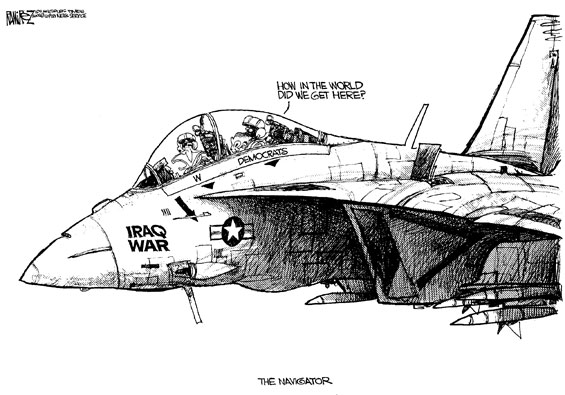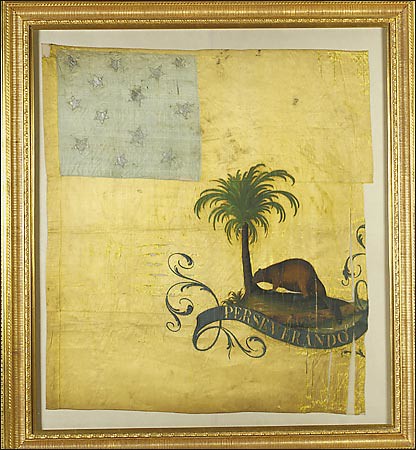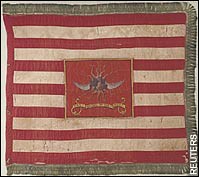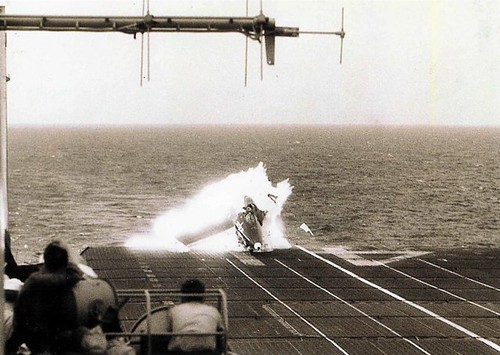A reader gave me a vector towards something that just let my jaw drop and stay there.
A U.S. Navy warship, as part of the Gator Navy (LCAC and MV-22 notwithstanding) will as part of the ESG get close to shore. Things like mines and shore based artillery, not to mention the Fwench Exocet and RussoSovietChinese anti-ship missiles. There is a higher than average need to fight hurt, especially when you have a belly full of Marines. A need to make rapid repair in a non-permissive environment is in my Top 5.
This class will have a titanium firemain.
The business of welding titanium pipes is but one example of the problems that have beset the San Antonio.
Northrop Grumman's new president, Philip A. Teel, said the welding of such pipes was uncharted territory and that his work force wasn't ready for it. The pipes are being welded correctly today.
I'm not going to go into hiring a yard to do something they don't know how to do and paying them twice to do it. No, I want to talk about the requirements of welding titanium. To quote a knowledgeable person:
The only way you can weld that stuff, is in an oxygen free atmosphere...If you get any oxygen in the weld joint, it will turn to powder. And a 2 1/2 inch ball in a ball valve, runs $23,000! Can you imagine what an entire firemain system would cost, on a ship the size of a WW2 fleet carrier? What the hell ever happened to good old copper-nickel? Hell, make it out of stainless, it would still be immensely cheaper.
I understand the great properties of titanium, and they would be wonderful for the full life of a cruise ship or museum piece. After 30 years, perhaps it is a money saver. But this is a warship. If a mine or 155mm shell smashes up your watermain, how is your HT3 or otherwise trained welder going to repair that titanium hip deep in water, ship at a 15 deg list, under fire?
Work Area"SUPPO!!!! We need some extra niobium, pronto!"
The fabrication of titanium demands attention to cleanliness. It is not uncommon for shops which handle several metals to isolate an area to be used especially for titanium. The area set aside for titanium should be free of air drafts, moisture, dust, grease and other contaminants which might find their way into or onto the metal.
...
Titanium reacts readily with air, moisture, grease, dirt, refractories, and most other metals to form brittle compounds. Reaction of titanium with gases and fluxes makes common welding processes such as gas welding, shielded metal arc, flux cored arc, and submerged arc welding unsuitable. Likewise, welding titanium to most dissimilar metals is not feasible, because titanium forms brittle compounds with most other metals; however, titanium can be welded to zirconium, tantalum and niobium.
This area should be kept clean and should be isolated from dirt-producing operations such as grinding, torch cutting and painting. In addition, the welding area should be free of air drafts and humidity should be controlled.Yep. No humidity, cutting, or painting on Navy ships. Definately no grinding.
I never claimed to be an expert on ship repair, but...this just doesn't make sense to me.
Can anyone explain to me why having a titanium watermain makes sense on a warship? Yes, firemains carry seawater and titanium doesn't degrade - but that isn't the #1 issue for a ship made to go in harm's way. Is it?
















